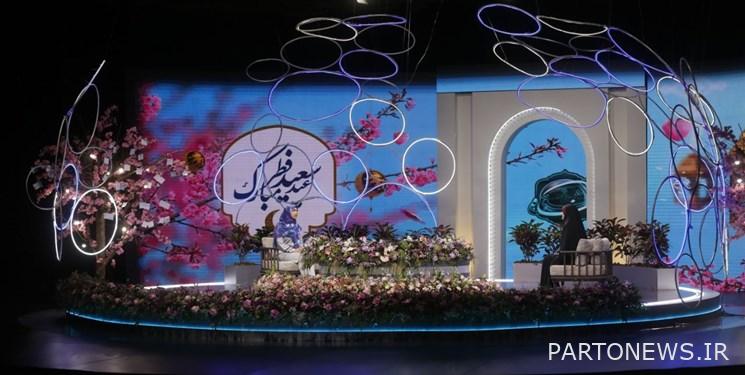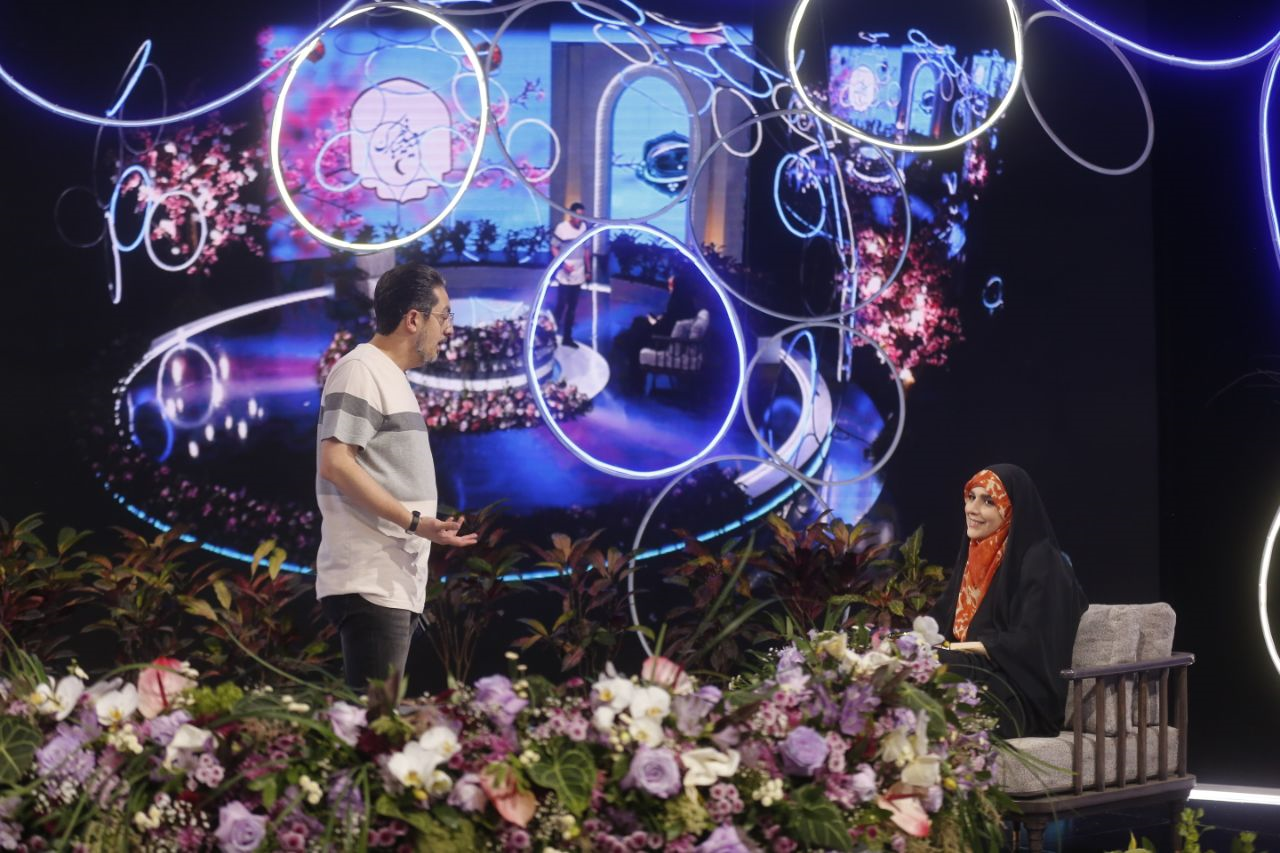Lavasani: I was trying to have a kind of Ramadan calm in my performance

According to a Fars News Agency radio and television correspondent, “Under the Shelter of Love” was one of the special programs of the holy month of Ramadan, which aired on Do Sima during Ramadan. This program was performed by Mojdeh Lavasani and the producer of this program was Ehsan Arghavani. A program that invited thirty nights of guests from the general public, elites and business owners to the television screen. The program “In the Shelter of Love” continued to air on the nights after Eid al-Fitr, and it was at the end of last week that the final episode aired.
Mojdeh Lavasani, the host of “In the Shelter of Love”, said about the atmosphere of TV programs during the holy month of Ramadan: The last Ramadan program I performed during Ramadan 96 was the program “The Best Possible Form” produced by Mohammad Salouki, which aired just after Iftar. Been. The year before that, I had a “on the way” program, which was dedicated to Ramadan.
The host of “In the Shelter of Love” explained about the features of this program: I think this program was very different and I tried to make it different from the “offer package” that I performed on the same network last year. For example, here I tried to have a kind of Ramadan calm in my performance, compared to the “proposed package” which was a more energetic program.
Lavasani said about a part of the atmosphere of this program and the beginning of its plateaus, which began with dhikr and supplication: I basically read the translations of Seyyed Mehdi Shojaei from supplication and dhikr and use it in my performances. Especially in this program, from the night of the 19th to the 24th of Ramadan, it was quite special and appropriate, and I also tried to get help from more special prayers and dhikr for the nights of Ghadr.
He added: “From the very beginning of the program, my decision was to be able to have something to say to the audience.” During these days, I read different books and offered each of them to the audience even with one of them. For example, I referred to a part of Hajj Mr. Dolabi’s speeches in Mesbah al-Huda’s book, which said what should we ask God for on the Night of Power, or I referred to the words of Ayatollah Javadi Amoli, and of course I had a specific look at Nahj al-Balaghah.
Ehsan Arghavani, the producer of “In the Shelter of Love”, said about the program and the beginning of its production: In the social sphere, they are the source of good mood for the general public.
“On the other hand, dealing with knowledge-based companies, which was the slogan of 1401, also led us to invite people with scientific characteristics to the program,” he said, referring to the entrepreneurial nature of the program. We also invited different people from all different jobs, so that we could cover all jobs equally.

The producer of “In the Shelter of Love” mentioned some of these jobs: a florist, carpenter, chaste, factory owner, manager and anyone who could make people feel good with his job, was invited to the people and Our approach was to look at things from their job perspective.
Sima Raminnia, the editor of the program, also said about the difference between “Under the Shelter of Love” and other Ramadan programs: Perhaps it can be said that the difference between this program was that we tried to distance ourselves from some clichés. We tried to change the taste of the audience with jobs in which their owners in any job position have been able to find a way to make people feel good. For example, if a mechanic had been invited to the program, he or she was a person whose living conditions were not so comfortable and ideal at the age of 80, but who had set up charities at work and were involved in charity work, or to build hospitals and schools in Deprived areas or providing livelihood packages, etc. were active.
End of message /
You can edit this post
Suggest this for the front page

